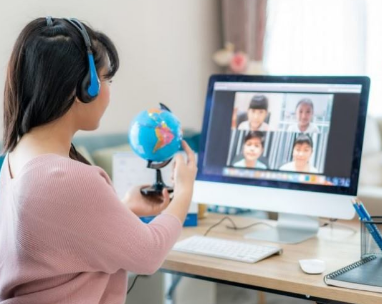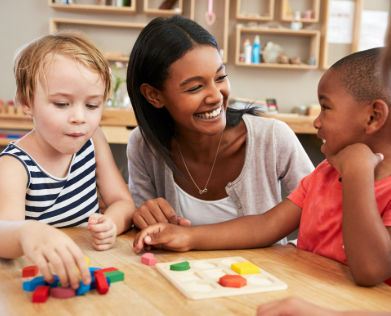Classrooms are more than just rooms with desks and chairs they’re environments where learning happens, creativity blooms, and young minds grow. While curriculum and teaching methods are essential, the design of a classroom plays a surprisingly big role in how students learn and feel. Let’s explore how smart, thoughtful classroom design can support better learning outcomes and happier students.
1. Lighting Makes a Difference
Natural light helps students feel more alert and engaged. Studies show that classrooms with large windows or skylights can improve student concentration and even test performance. When natural light isn’t possible, warm and well distributed artificial lighting can help maintain focus and reduce eye strain.
2. Color Impacts Mood and Focus
Colors in a classroom can subtly influence how students feel. Soft blues and greens are calming and can help reduce stress, while warmer colors like yellow can encourage energy and creativity. A balanced mix of colors throughout the room can create a welcoming and stimulating environment.
3. Flexible Furniture Supports Collaboration
Gone are the days when rows of desks were the only option. Modern classrooms often use flexible seating arrangements like group tables, standing desks, or floor seating to support different learning activities. This helps students work together more easily and stay engaged.
4. Good Acoustics Help Everyone Hear
Noise can be a big distraction. A well-designed classroom includes materials that reduce echoes and block outside sounds. This ensures all students, especially those with hearing challenges, can hear the teacher clearly and participate comfortably.
5. Organization and Storage Matter
A tidy, well organized classroom helps students feel more relaxed and ready to learn. Clear labels, open shelving, and cozy reading corners make it easier for students to find what they need and focus on their tasks.
6. Technology Integration Enhances Engagement
Interactive whiteboards, classroom tablets, and multimedia projectors can enrich the learning experience if they’re placed thoughtfully. Design that includes accessible power outlets and designated tech areas helps keep the space safe and functional.
7. Personal Touches Create Comfort
When students see their own artwork on the walls or use personalized name tags, it gives them a sense of ownership and pride in their space. A few home-like touches like plants, cozy rugs, or a “quiet zone” can make the classroom feel more welcoming.
Final Thoughts
Classroom design isn’t just about aesthetics it’s about creating a space where students feel safe, focused, and inspired to learn. Whether it’s natural light, flexible seating, or colorful walls, small changes can make a big difference in how students experience school every day.
By thoughtfully shaping our learning environments, we help set the stage for student success.






